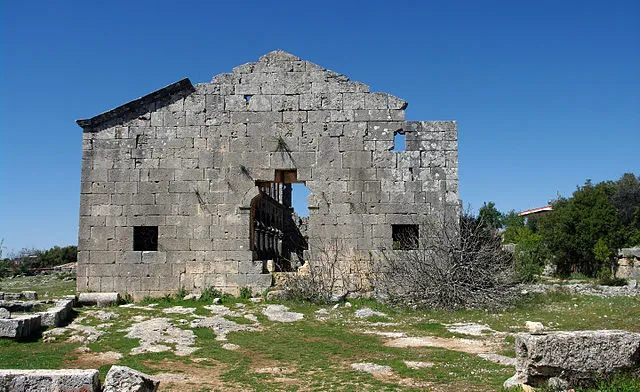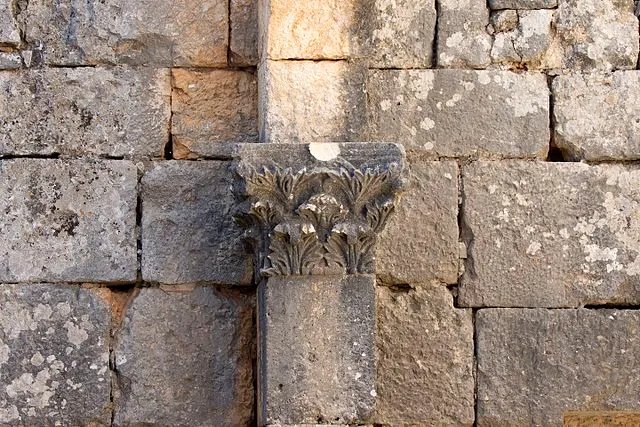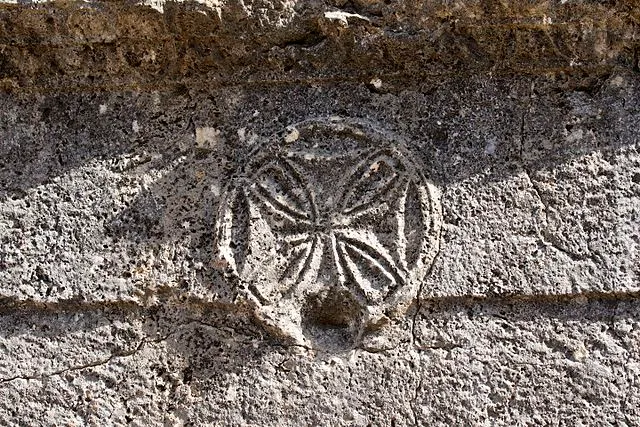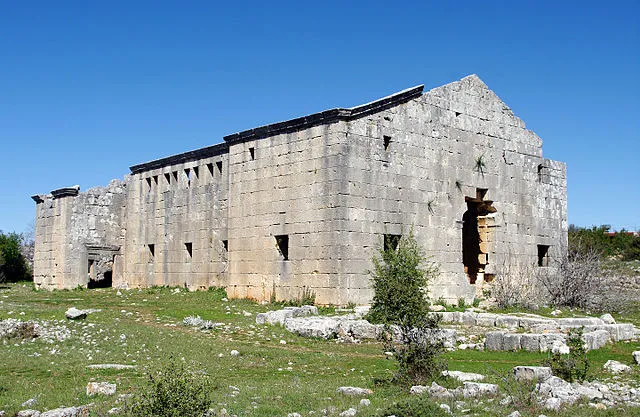Cambazli Church, located in Mersin Province, Turkey, is a significant structure from the early Byzantine period. The church dates back to the 5th or 6th century AD, a time when Christianity was spreading rapidly across the region. The Byzantine Empire, under which the church was built, played a crucial role in the preservation and expansion of Christian architecture.
Get your dose of History via Email
Architectural Features

The church is a fine example of early Christian architecture in Asia Minor. Built from local stone, Cambazli Church showcases a basilica plan with three naves. The central nave is wider than the side aisles, which is typical for churches from this period. The structure includes a well-preserved apse, which is semi-circular and served as the focal point of the church. The apse is where the altar was placed, highlighting its importance in early Christian worship.
Artistic Elements

Although much of the original decoration has been lost over time, traces of frescoes remain. These frescoes likely depicted religious scenes, as was common in Byzantine churches. The church’s walls, particularly around the apse, would have been adorned with vibrant images illustrating biblical events. While the frescoes are now faded, they provide valuable insight into the religious art of the period.
Religious Significance

Cambazli Church served as a center for Christian worship during the Byzantine era. It likely played a role in the local community’s religious life, hosting services, ceremonies, and other religious events. The church’s strategic location in the Taurus Mountains suggests it was part of a network of Christian sites that spread across the region, reinforcing the presence of Christianity in rural areas.
Preservation and Current Status

Today, Cambazli Church is a ruin, yet it remains an important archaeological site. The church’s structure, though partially collapsed, still stands as a testament to the architectural and religious history of the Byzantine period. Preservation efforts have been limited, but the site continues to attract scholars and tourists interested in early Christian architecture.
Conclusion
Cambazli Church is a vital link to understanding the spread of Christianity in Asia Minor during the Byzantine era. Its architectural features, artistic elements, and religious significance provide a window into the past, allowing us to appreciate the region’s rich history. Despite its current state of ruin, Cambazli Church remains a crucial site for the study of early Christian architecture and the Byzantine Empire’s influence on the region.
Source:

